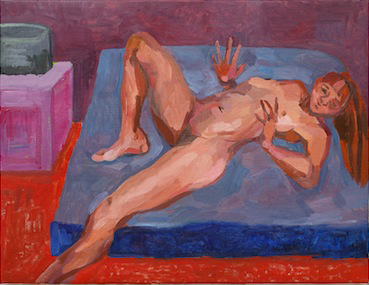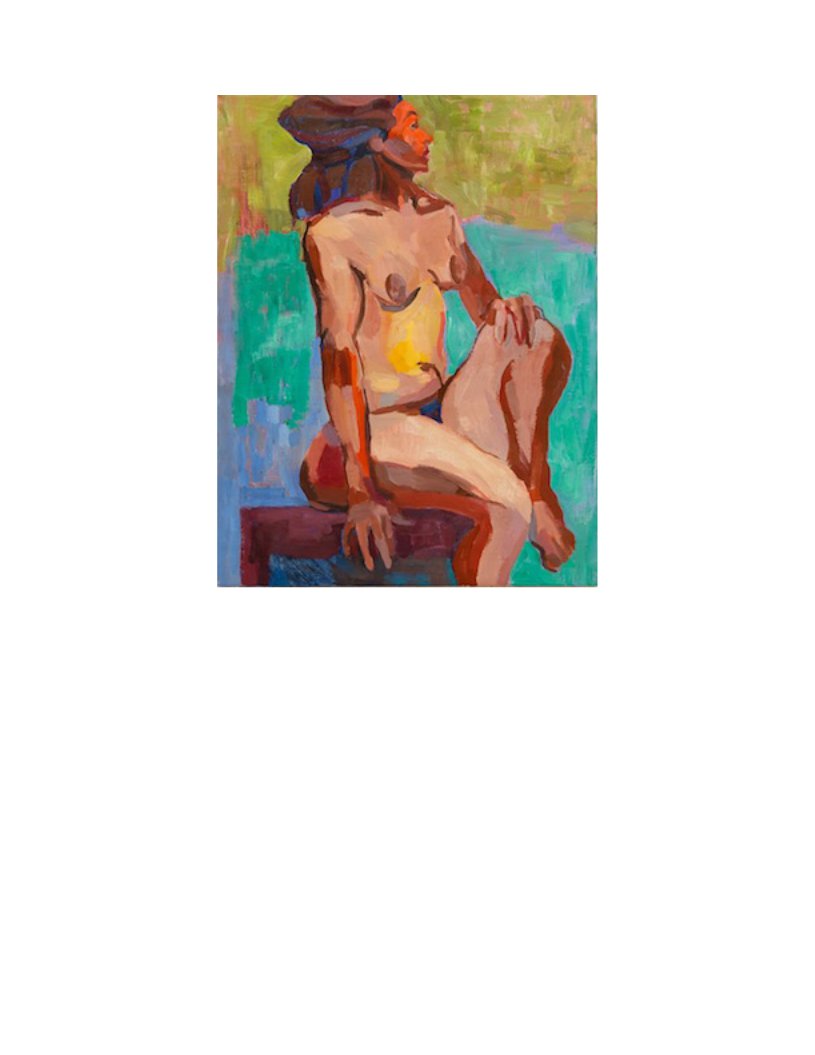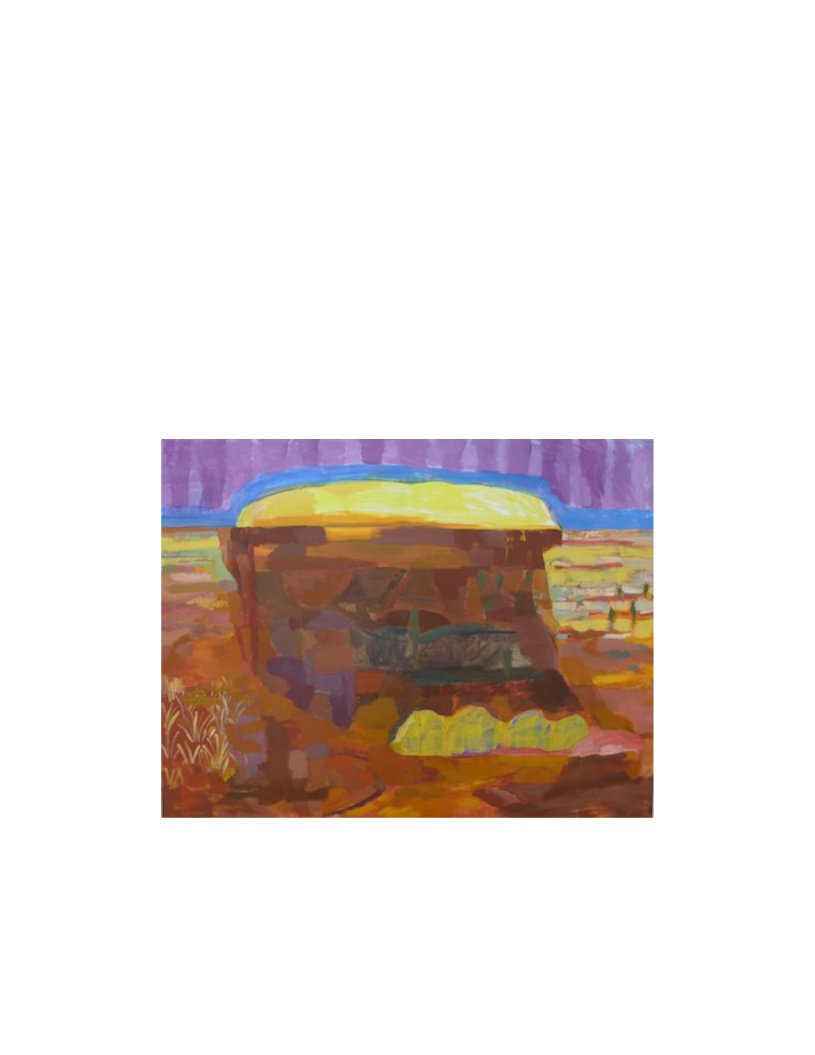
STEPHEN PIGOTT
FREEDOM AND POSSIBILITY
An exhibition of oil paintings and drawings
3-16 May 2017
PRESS RELEASE
"Making Hands", oil on linen
Paintings are not like human bodies: as a rule, the former have four 90-degree
corners while the latter haven't. Yet these bendy shapes called bodies are what
the art of painting - of arranging colours in a rectangle - has very largely
concerned itself with. Commonly, painters find ways of setting rounded things in
square things: they call the process 'composition', in a tradition that runs from
Giotto and Titian to Matisse and Beckmann. Alternately, in many an abstract, they
offer the viewer's body somewhere to virtually inhabit. Colour opens up under-
the-skin feelings, pitching you into a place that you can't name yet that speaks to
your own physicality. (A standard example would be Rothko.)

“Ghana in Charleston” oil on linen
On display at Gallery Different, Stephen Pigott's recent paintings mull over
these conundrums and choices.
In the 1970s, when Pigott was studying fine art at Brighton, uncompromised
abstraction was still commended as the high road to serious modern painting.
Along with others, he recognised its claims but came to worry that this road could
peter out in a wasteground parched of meaning. Painters needed to turn again to
something specific. The present show amply displays Pigott's sense that the
art's age-old problems still matter. Above all, by his engagement with that basic
laboratory situation of Western painting, the painter working with the model.
Many of the canvases here have arisen out of a structured formal set-up.
Once a week, over the course of a year, the same model would arrive at Pigott's
studio and, as it were, positively inhabit her own body. (An act for which some
people have a special gift, as anyone working at life drawing will know.) Pigott
would sketch, covering numerous large sheets with eloquent yet restless pen and
charcoal studies. But as the painter put it, 'It was only when she disappeared that

the work began.' The sketches provided a hinge between one firm reality, that of
the person posing, and the equally certain but quite separate fact of the stretched
canvas.
How should the one inform the other? Within that controlled scenario, this
is where freedom arises. Pigott's familiarity with this working colleague (and with
one or two others, in fact: we come to recognize different identities) turns into
empathy with her bodily state, whether standing, sitting or lying. It turns into acts
of imagination, in other words - a force of mind that cuts across factual
boundaries. How does she feel herself to be? Pigott reaches for intuitive
answers, giving us flesh that may be green or blue, outlines that may be distorted
for emphasis. Where does she feel herself to be? In her mind, this studio could
as well be a bedsitter, the Karoo desert, or a sheer expanse of radiant colour, the
walls and floor all vanished. And so the canvas attends to the person both
figuratively and abstractly: at once as a container for curved form and as a total
rectangle of feeling.
Uluru, oil on linen
Body-empathy can send painting to strange places: literally, when Pigott
recollects a visit to Uluru, the great outcrops that burst from Australia's plains,
and imagines them as surfacings of subterranean muscular force. Here is a bid
to reinvigorate the art of landscape, from a painter who combines a love for bright
surges of colour (flower gardens motivate him likewise) with attention to the
historical genre. In other bold canvases, Pigott lends traditional narratives 21st-
century inflections. His Christ offers quiet, low-key resistance, as the 'woman
taken in adultery' fends off the shrill street gang with their motley headgear and
their red arms of accusation. Facing the Samaritan woman at the well, Pigott's
redeemer is yet more terse - a prototype man, no more, no less. At the same
time his hands blue with 'the living water' ask to be read within the language of
modern painting - metaphorical, intuitive, risk-taking.
For there is a hope for joy that has buoyed up painting - above all in the
French modernist vein, the tradition that Pigott salutes. His canvases - with their
fierce yellows and vibrant emeralds, and with their unabashed warmth of heart -
carry that optimism forward. The freedom they aim for borders on vertigo. As
Pigott declares, 'The reason to make a painting is that I don't know what's going
to happen.'
Julian Bell
April 2017